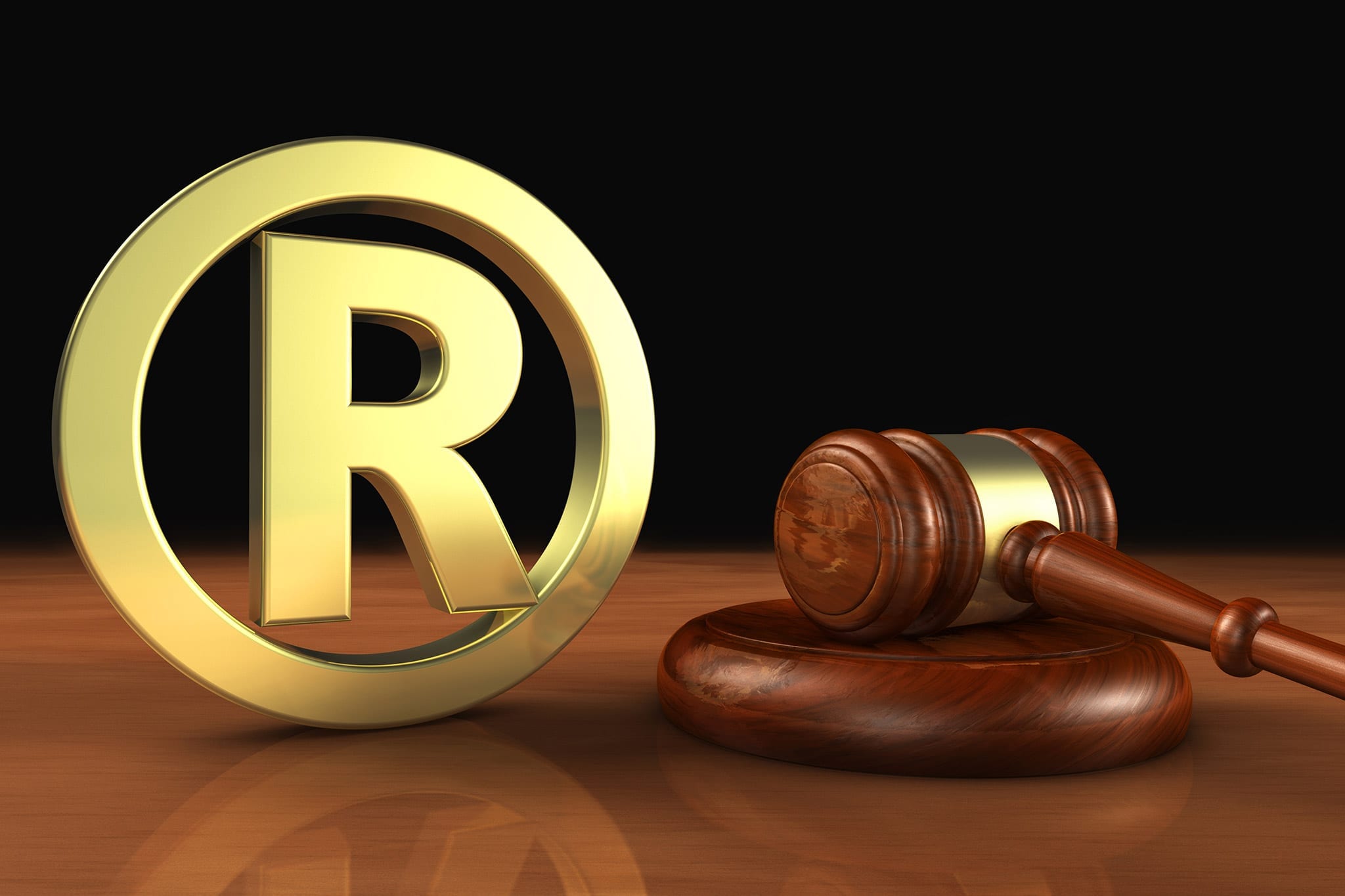How To Patent A Prototype In Australia?
It’s simpler than you may think to file for a patent, but it still takes time, money, and meticulous attention to detail. Here is a description of the patenting process.
As an investor, you are aware of the challenges involved in turning a concept into a finished product. All inventions demand a major time and financial investment, regardless of how tiny, simple, and innovative they are or how complex and tough they are. This frequently results in patent applications. The need for a prototype prior to filing for a patent is one of the crucial factors that many people take into account. In these cases competent patent or trademarking lawyers who can assist you in making these crucial selections as well as handle them on your behalf is needed.
First of all, an idea or concept cannot be patented. This is so that inventions, which are concepts that have been turned into working prototypes, are protected by patents. The prototype needs to work and have a purpose. It’s simpler than you may think to file for a patent, but it still takes time, money, and attention to detail. Therefore, you must take the following steps before ever considering patenting:
- Be able to describe the operation of your idea;
- Have a detailed description.
Patents or prototypes, which came first?
Although you don’t need a prototype to obtain a patent, it may be a good idea because legitimate patents need to be extremely thorough. You must have the following when you file your patent:
- Detailed Notes
- Diagrams
- Measurements
- Drawing or Pictures
Every component, no matter how minor, must be described in a patent. Make sure every aspect of your product is described.
Here’s a breakdown of how to patent your prototype or idea.
Research

It’s critical to conduct a preliminary study because if your product or something similar has previously been developed, you won’t be able to file a patent. The good news is that you can utilise just about any source, but try to use as many as you can.
Use peer-reviewed periodicals, libraries that house patents and trademarks, the Patent and Trademark Office’s database (IP Australia), or even internet searches. Do your study thoroughly so that you can demonstrate how your invention differs from any comparable existing items.
Safeguarding Your Prototype Or Idea
Although it is not legally required, patenting your invention can assist prevent other people or businesses from using your creation.
Along with signing and dating your papers, you should endeavour to get witnesses to do the same throughout the invention process.
Avoid revealing information about your product to persons or businesses prior to patenting it. You never know who could desire to produce the item yourself and earn money from it.
Patent Application
Once the information is prepared, you can submit it to the Patent and Trademark Office. IP Australia assists individuals and businesses in maintaining the security of their patents and trademarks.
To file a patent, there are two options. In order to temporarily protect your concept while submitting a formal patent application, you can file a provisional patent application. You’ll need a thorough description and perhaps a straightforward but readable drawing in order to submit a provisional application. These applications expire after a year.
A non-provisional (or regular) patent application is the second and most legitimate procedure to submit a patent. Applications that are not provisional are more thorough and specific. You must submit detailed notes and illustrations outlining how your idea differs from others.
Document everything

You should record every step of the invention process as an inventor. If necessary, thorough notes on the procedure can help:
contest the way your design was made; or
Give the level of specificity needed to describe your innovation in a patent application or licencing agreement.
In any case, keeping track of the process can be useful if you ever need to refer to your thoughts.
Nondisclosure Accord (NDA)
When discussing your invention with third parties, investors, and manufacturers, an NDA is essential. Before sharing any personal information, it’s crucial to secure your concept with a contract. You determine whether or not to release any information if third parties opt not to sign your agreement. To further improve safety, you could choose to include a confidentiality declaration on your business plan.
Trademark

You might want to register your domain name, brand name, or logo. Consider trade mark registration as you transform your concept into a salable product with market potential.
By registering your trade mark, you’ll have the exclusive right to use your website’s name or emblem to set your goods apart from those of other companies. As your brand develops, trademarking offers protection, unifying your assets from the beginning. Your trade mark will support further IP protection as your product acquires traction. Additionally, it can enable you to sell your product’s rights in the future.
Copyright
Copyright is inherent in Australia. Ideas, however, are not protected by copyright. For copyright protection, your concept must have been presented in writing or with illustrations. The duration of copyright protection will be the author’s lifetime plus an additional 50 years.
Commerce Or Trade Secrets
Any confidential information pertaining to your concept, product, and marketing tactics must be kept a secret during the development process in order to be deemed a trade secret. As previously indicated, you can use an NDA to shield your concept from third parties including producers, investors, and staff. A confidentiality and non-compete clause is crucial to include in your contracts in order to stop manufacturers and workers from sharing trade secrets or working for direct competitors.
Production Agreement
Your relationship with the manufacturer you hire is governed by a manufacturing agreement. The terms and conditions, prohibit producers from doing the following:
- Revealing your business secrets;
- Unauthorised reproduction of your invention;
- Seeking out your clients;
- Rivals of your product;
- Duplicate your product.
Before talking about your idea and the development process, it’s crucial to have the right agreements in place.
Final Words
It is challenging to patent an idea until a prototype has already been made. Nevertheless, you can rely on different forms of IP defence during the creation stage. Please get in touch with the attorneys at IP Partnership if you have any queries regarding safeguarding your patent.











